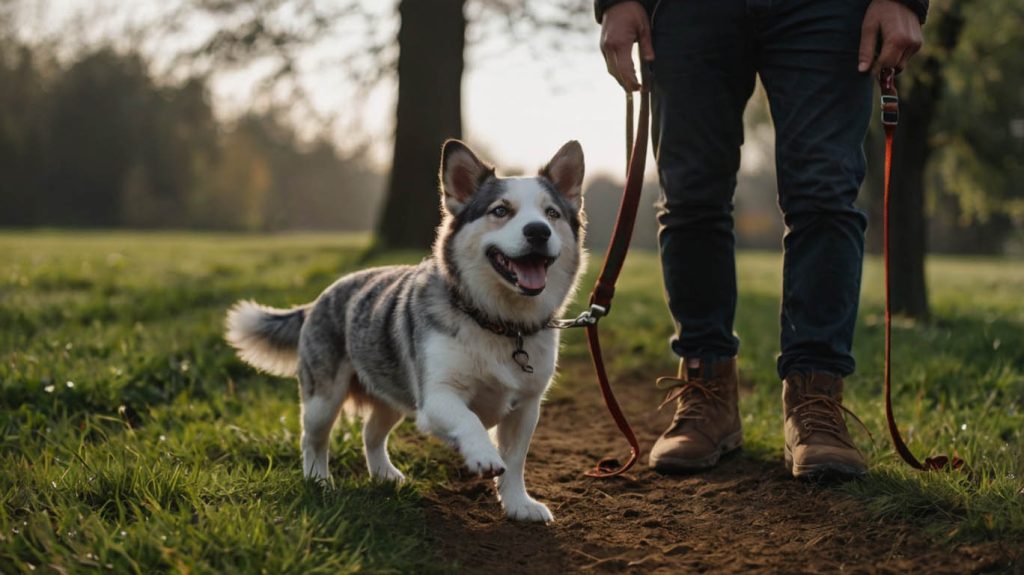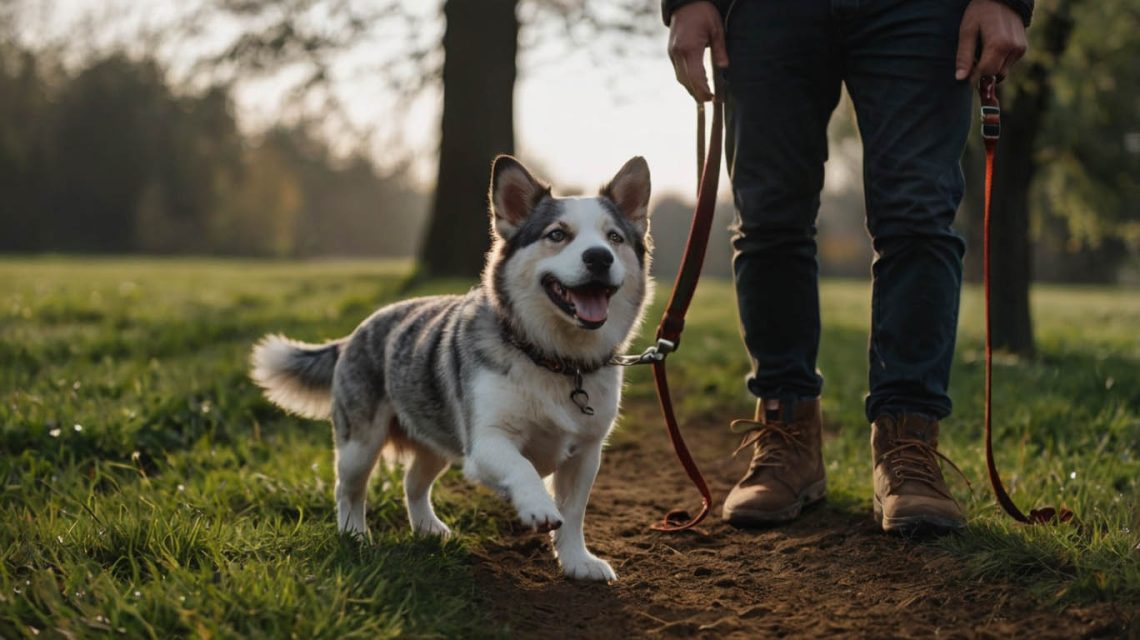Dog Lead Training Tips: Your Ultimate Guide to a Calm, Pull-Free Walk
The story is a classic tale of frustration for countless dog owners: the moment the lead is clipped on, your loving companion transforms into a determined sled dog, pulling you down the street with a sore arm and a heavy heart. What should be a relaxing, bonding experience becomes a stressful tug-of-war. If this is your reality, you are in the right place to find the dog lead training tips that will finally bring peace back to your walks.
This comprehensive guide will walk you through the entire journey of mastering the lead. First, we will establish the critical mindset shift and the essential gear needed for success. Then, we will provide a step-by-step training plan using positive, humane, and effective techniques. Consequently, you will learn to turn your lead from a simple tether into a line of communication, fostering a partnership that makes every walk a joy.
The Foundation: The Mindset and Gear for Effective Dog Lead Training
First and foremost, before you attempt any training, you must reframe the problem. Your dog is not pulling on the lead to be dominant or stubborn. They are pulling because they are excited to explore the world, and most importantly, because pulling has been successful for them in the past. Therefore, the core of these dog lead training tips is to change the rules of the game: a loose lead makes the walk happen, while a tight lead brings all the fun to a halt.

Choosing the Right Equipment: A Crucial First Step
The right tools can dramatically accelerate your training and ensure your dog’s safety and comfort.
- The Lead: Your best choice is a standard 6-foot lead made from nylon or leather. It is essential to avoid retractable leads. These devices actively teach your dog to pull to get more distance, which is the exact opposite of your goal. They also provide very little control in an emergency.
- The Harness (Not the Collar): While you can train with a flat collar, a well-fitting, front-clip harness is a much more effective and humane tool. When your dog pulls, the front-clip harness gently redirects their momentum back toward you, making it physically difficult to lunge forward. This prevents pressure on their sensitive trachea, a risk associated with pulling against a collar. Reputable sources like the American Kennel Club (AKC) offer excellent insights into the benefits of harnesses for training.
The Action Plan: Your Step-by-Step Dog Lead Training Tips
With the right mindset and gear, you are ready to begin training. Remember, patience and consistency are your most powerful tools.
Step 1: Start the Training Before You Even Step Outside
The pulling behavior often starts with frantic excitement long before the walk begins.
- Desensitize the Cues: The jingle of the lead or the sight of your walking shoes can trigger a frenzy. Throughout the day, pick up the lead and then put it back down. Put on your shoes, then sit on the couch to read. This breaks the association and lowers the initial excitement level.
- Teach Calm at the Door: This is one of the most important dog lead training tips. Your dog must learn that calmness is the key that opens the door. Ask for a sit while you attach the lead. If they jump around, stand up straight and ignore them until they offer a calm behavior again.
Step 2: Teach Your Dog That a Loose Lead is a Jackpot
You need to make being close to you the most rewarding place on the walk.
- The “Loose Lead” Game: Start in a very low-distraction environment, like your hallway or a quiet backyard. Hold the lead so it hangs in a “J” curve. Take one step. If the lead stays loose, say “Yes!” in an upbeat tone and immediately give your dog a high-value treat. You are actively rewarding the exact behavior you want.
- Use High-Value Rewards: For this training, kibble is not enough. You need something your dog will work hard for. Use tiny, pea-sized pieces of boiled chicken, cheese, or soft, smelly training treats. For more ideas, explore our internal guide on [How to Choose the Best High-Value Training Treats].
Step 3: What to Do When Your Dog Pulls on the Lead
This is where you clearly teach your dog that pulling is no longer a successful strategy.
- The “Be a Tree” Method: The very instant the lead tightens, stop moving. Plant your feet and become completely still. Do not pull back or scold your dog. Just wait. The moment your dog creates slack in the lead—by looking back at you or taking a step closer—say “Yes!” and immediately start walking again. This creates a powerful association: Pulling stops everything. A loose lead makes the adventure continue.
- The “Turnaround” Method: When your dog gets to the end of the lead, cheerfully say “This way!” and turn 180 degrees, walking in the opposite direction. When your dog catches up to you and the lead is loose, praise and reward them. This is one of the most effective dog lead training tips for teaching a dog to pay attention to you.

Advanced Dog Lead Training Tips for a Reliable Walk
- Start in a Boring Place: Don’t attempt your first training session on a busy street full of distractions. Gradually increase the difficulty of the environment as your dog’s skills improve.
- Incorporate “Sniff Breaks”: A walk is also for your dog’s mental enrichment. Use a cue like “Go sniff!” to release them to explore for a few minutes. This makes the structured walking part of the walk a more valuable activity and prevents them from feeling deprived.
Conclusion: From a Tug-of-War to a True Partnership
Mastering these dog lead training tips is a process that builds a stronger, more communicative bond with your dog. It requires a commitment to consistency and positive reinforcement. By patiently teaching your dog that walking politely on a loose lead is the most rewarding way to explore the world with their favorite person, you will transform your daily walks from a frustrating chore into a cherished, connected experience.


